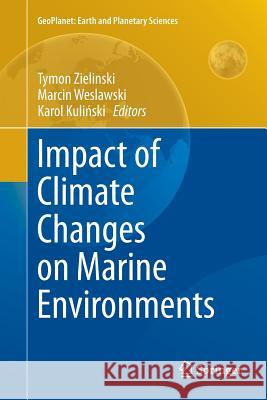Impact of Climate Changes on Marine Environments » książka
topmenu
Impact of Climate Changes on Marine Environments
ISBN-13: 9783319360126 / Angielski / Miękka / 2016 / 148 str.
Kategorie BISAC:
Wydawca:
Springer
Seria wydawnicza:
Język:
Angielski
ISBN-13:
9783319360126
Rok wydania:
2016
Wydanie:
Softcover Repri
Numer serii:
000409371
Ilość stron:
148
Waga:
2.53 kg
Wymiary:
23.5 x 15.5
Oprawa:
Miękka
Wolumenów:
01
Dodatkowe informacje:
Wydanie ilustrowane











